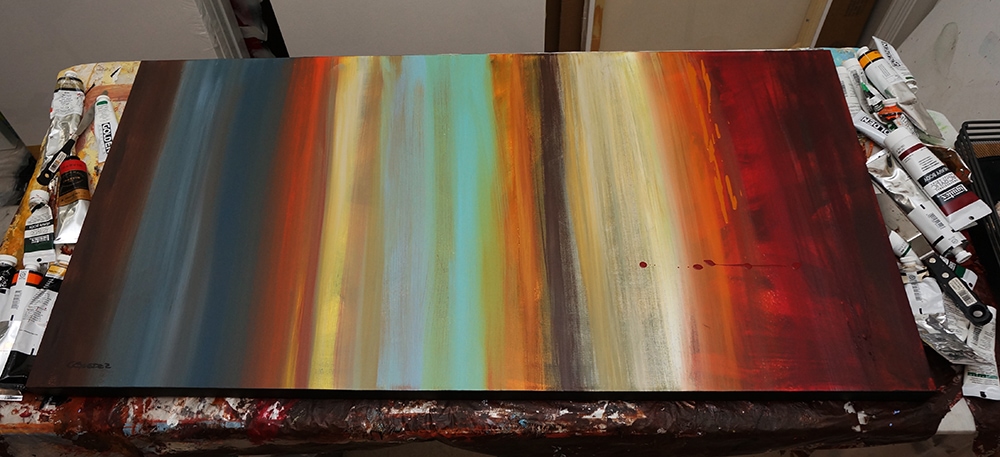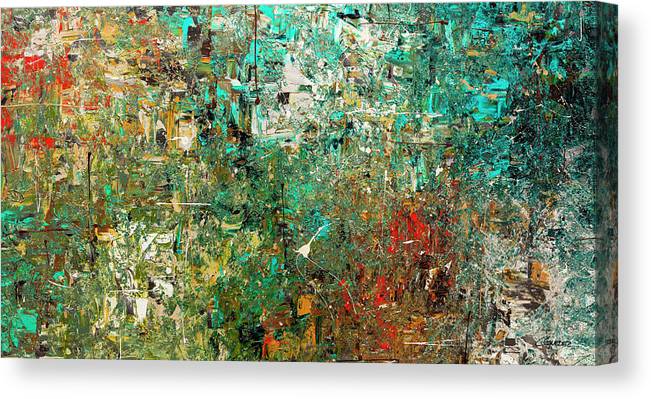Art Prints vs. Original Paintings
Quick Summary ~ When buying art, it’s important to be confident that you know what you are getting. This guide will cover everything you need to know about art prints, how to spot them and how to differentiate them from original paintings. That isn’t to say that art prints can’t be incredibly valuable works in their own right. In fact, many buyers might find that fine art prints are a great way to purchase art.
Buying art can be a bit daunting at first. There are many terms to learn, and anyone looking to collect art should take some time to familiarize themselves with these. In particular, understanding the world of art prints is essential.
Because of their rising quality and affordable price, buyers are drawn to fine art prints. These reproductions of artwork are less expensive while still being stunning. And if you know what to look for, your fine art print can still hold and increase in value over time.
But unfortunately, some people think they are getting an original painting and they end up getting a print. To avoid confusion, it’s important to know how to distinguish a print from an original painting. And to make matters more confusing, there is even a difference between original paintings and original prints.

Here are a few definitions to clear up this confusion:
-
- Original Paintings are works painted by the artist. These are one-of-a-kind pieces, and this is what most people are picturing when they think of buying art.
- Art Prints are reproductions of a work of art, created through a printmaking technique. One of the most common types of prints is the one produced by a photo-mechanical process. The image is photographically transferred from an original source and is mass reproduced. Do not confuse this with original prints.
- Original Prints are artworks created from a matrix, which is generally a single metal plate, stone block, wooden block or screen that is hand-made by the artist. Each impression is done by the artist or artisan and the matrix is later destroyed. The prints are traditionally signed and numbered in pencil by the artist and generally called “Limited Edition Prints.” Original prints can also be considered investments and bring with them the level of status that mass reproductions do not.
Differences between Prints and Original Paintings
As new methods for making art prints have improved, it can become increasingly difficult to tell these apart from the real thing. But there are a few ways to distinguish between the two.
Before you ask a museum curator, art collector, appraiser or other art expert, these tips can help you differentiate a Print from an Original Painting:
-
- An Original Painting has textured brush strokes. Watercolor or gouache original paintings will typically be in a rough paper with a distinctive grain.
- A Print is usually flat and has a dot matrix pattern, the same pattern you find in magazines or book images.
- An Original Painting has irregular and uneven paint on the edges of the stretched canvas.
- A Print usually has sharp, even and clean edges; where the buyer typically does not look.
- An Original Painting examined under a strong light might show pencil lines from the artist’s original sketch and changes made by the artist while painting.
- A Print frequently has a number of identification and a copyright logo printed in small letters.
- An Original Painting has rich and vibrant colors, and overall, looks, feels and smells like an original.
Other Important Terms
Now that you know the difference between art prints, original prints, and original paintings, you might begin looking into purchasing prints for yourself. But you will encounter a few more terms that are important to keep in mind.
In general, these terms let you know the value of the print. This can be helpful if you are interested in your prints retaining or appreciating in value over time. They can be just as helpful if you don’t want to resell in the future and simply want a beautiful work of art for the best price.
-
- Limited edition prints are reproductions or original prints that have a set number of copies. This “limits” the amount of prints that will be made in the “edition.” Each print is then hand-signed and numbered by the artist (if it is numbered “1/100,” it is the first print of 100 total in the edition). This protects the value of the print. Every print in the set will be made using the same finely honed process.
- Open edition prints are reproductions or original prints that aren’t limited in number — the artist can keep printing as many as they want in the same edition. This means that the buyer can never be certain just how many copies will exist in the future. That means lower prices but at the cost of lower value if you ever resell.
- Artist proof refers to a print that the artist makes for themselves during the printing process of a limited edition. In older printing processes, artist proofs usually were taken to check the colors and details. The artist would then tweak things afterward to correct the prints. That meant the artist proof had inaccuracies not seen in the limited edition prints. Today, they are typically taken after everything has been perfected. Artist proofs are labelled AP on the back, and often the artists will number their proofs. Because they are much rarer than even limited edition prints, artist proofs are very valuable.
- Gallery proof refers to a print that an artist makes to send to galleries. These are typically made using the finest materials and most refined process an artist can manage. These prints are either labelled: GP (gallery proof) or HC (hors d’commerce, meaning out of trade in French). Like artist proofs, gallery proofs are very valuable due to their rarity.
Modern prints onto paper protected from the sun and moisture will last an incredible long time. Prints made using newer alkaline and acid-free paper have a life expectancy of over 1,000 years for the best paper and 500 years for average grades. — Wikipedia
The terms above help you spot the likely value of a print. But when you look into purchasing prints, especially online, you will find that there are many, many ways to make one. The materials and processes used to create a print can also affect value, but most importantly, they can change the feeling or quality of the product.
The most popular print processes available are:
-
- Giclee prints are premier quality. These are made using an inkjet printer and archival quality inks. The paper is usually chlorine-free, 100% cotton rag. The artist will often collaborate with a master printer to scan in the work and get the colors just right. Because all of the materials are long lasting and the end result is a near perfect reproduction, giclees are highly sought after. But be warned: this term is not standardized.
- Serigraph prints are another high quality process. An artwork will be scanned, and the printer will make a silk screen for every single color, with each screen being applied in layers. This can be an arduous process. If the artist wants to use oil paints, the printer may have to wait two days between layers. When you consider that some prints can have hundreds of colors, you can see how serigraphs take a lot of patience.
- Lithograph prints are usually made using four colors in a rapid process. The printer creates a metal plate for each color and applies these in layers. The production is much simpler, but the quality and value can suffer.
- Canvas prints are inkjet prints made directly to a canvas that can be stretched over a frame. This allows the work to appear more like a painting.
With the availability of modern printers and the new variety in paper available, the fine art prints for sale have expanded over the last two decades. And with a wide range of mounting options, customers can now tailor their purchases even further.
Fine Art Prints or Original Paintings: How to Decide
Whenever you can afford it, original paintings are a wonderful thing to have. But you shouldn’t be discouraged when buying prints. You can still find pieces of tremendous beauty that hold and appreciate value.
As long as you know what you are buying, you can trust yourself to make the right decision. We live in a golden age of art buying, with more work available to more people than ever before. Art prints are a big part of that.
Finally, whether the painting is a Print or Original, what really matters is what you like and how much you are willing to pay for. What the painting transmits to you in such a way that you have a connection with it, and it feels to you to bring beauty and harmony to your room.
SHARE THIS ARTICLE:

